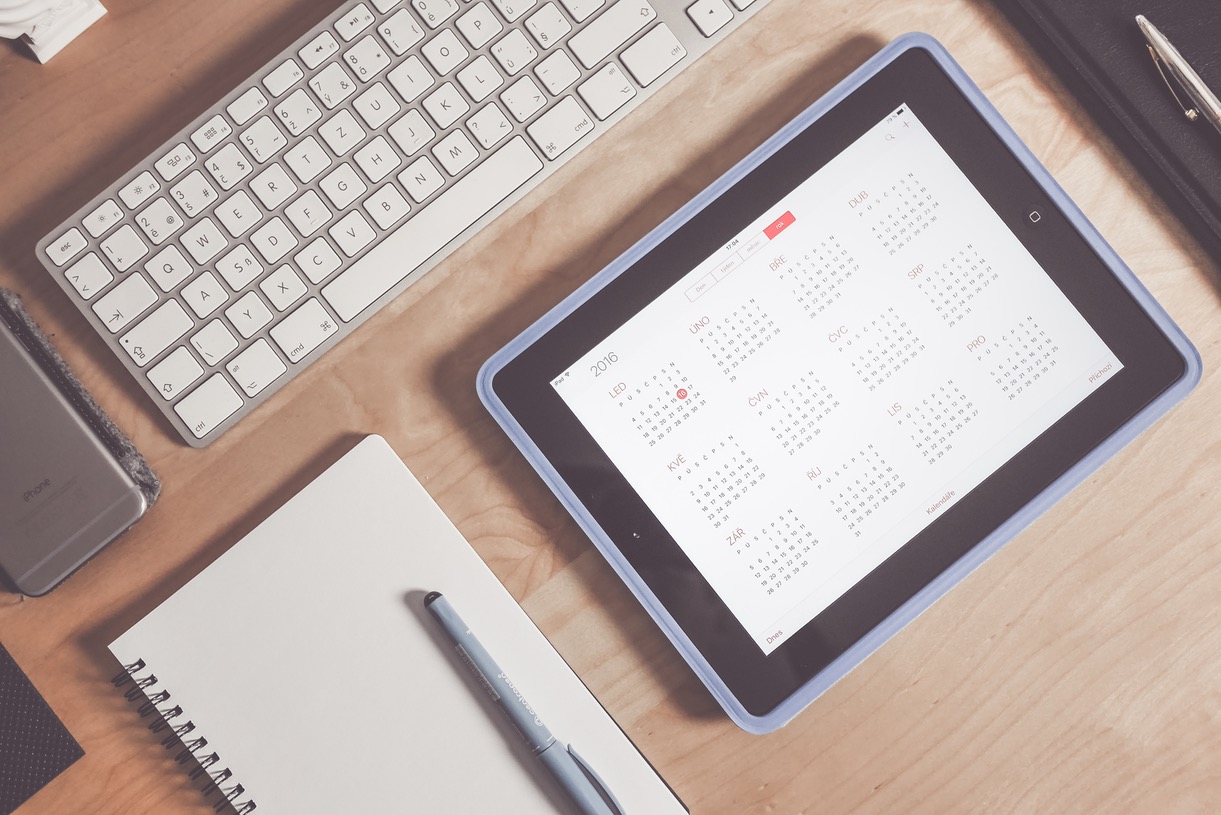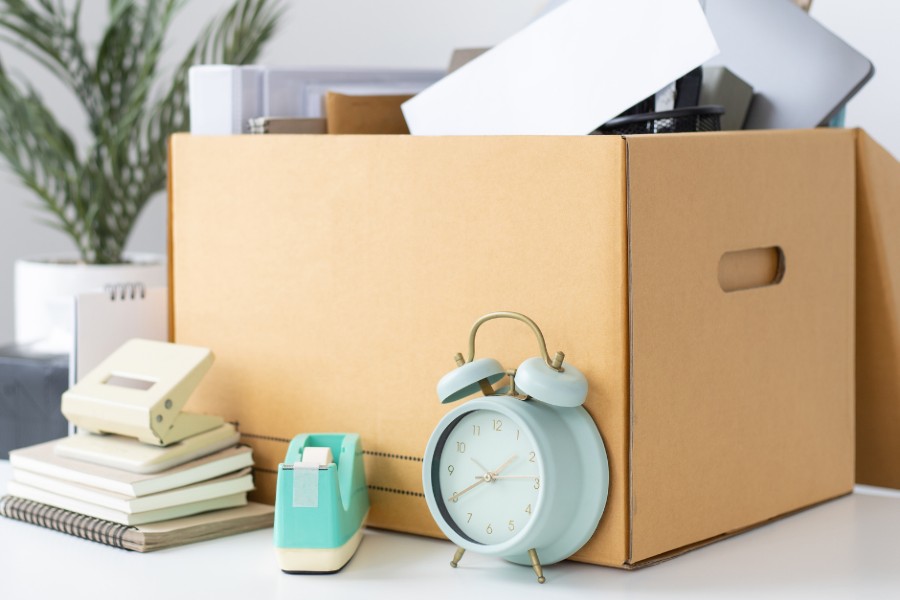Efficiency in the workplace has always been, and perhaps will always be, a major topic of concern in American businesses. Every year, billions of dollars are lost due to productivity issues. According to recent research, U.S companies lose more than $576 billion annually due to workplace inefficiency. The research concludes “inefficient operations in the workplace . . . contribute to a significant problem for workforces who need to make ends meet.” For this reason, all business should strive to be as efficient as possible.
For seasoned executives, it can become more challenging–even with experience– to keep structure and productivity as meetings and corporate issues need attention. As a business leader and role model, what routines can you institute to make your day more productive?
The preparation for a more productive workday actually begins the night before, prior to leaving the office. If you follow these easy steps, you should reap the rewards of a more productive workday.
1) Prioritize your tasks for the next day.
According to a 2015 study published in Psychological Science, people who brake down long-term goals into daily tasks are more proactive about beginning and completing them. Before you leave work, ask yourself what your priority is for the next day and prepare your workspace . . . have all the materials you will need, including digital files and applications, open and ready to begin. Try using the “time block” method of prioritizing, which involves making a list of all your assignments, meetings, and tasks for the next day. Organize this list by scheduling in pre-arranged phone calls and meetings and then filling in the free hours with the day’s assignments in order of priority.
2) Once you have prioritized your task, visualize it.
This sounds a bit “new agey,” but it really is very practical. By breaking your task down piece-by-piece and visualizing how you will tackle each section, you will know how to complete the task at hand. Before you begin your day, you will have all the materials needed to do your work as well as a mental roadmap of how you will complete the task.
3) Keep your workspace clutter free.
This does not mean that you have to clear your desk of family photographs and personal memorabilia. However, research shows that people are more productive if they have fewer distractions in their visual field. Take time at the end of the day to file away papers and organize reports. Have a system for paperwork . . . even if it is a drawer or container to hold papers that need to be filed. A clutter free environment also includes your computer desktop: make sure you close out of unused files and programs at the end of the day.
4) Give yourself time (and time yourself).
The evening before you begin your task, estimate how long you think it will take to complete the assignment. Whether or not the amount of time you estimate is accurate is not important. However, what is important is to create a sense or awareness of how much time you are actually spending on task. If the amount of time your spend on a task is more than the amount of time you allotted, ask yourself why your were not more productive. If it was because the task was more involved than you had originally planned, this is valuable information for the next time you schedule the same or a similar task. However, if you became distracted during the task, ask yourself what were the distractions? Always anticipate any disruptions that may arise – phone calls, meeting invitations, etc. – and try to eliminate these if possible.
Need more ideas on how to be more productive in the workplace? Read my blog post “10 Tips for Improving Productivity” for inspiration.






